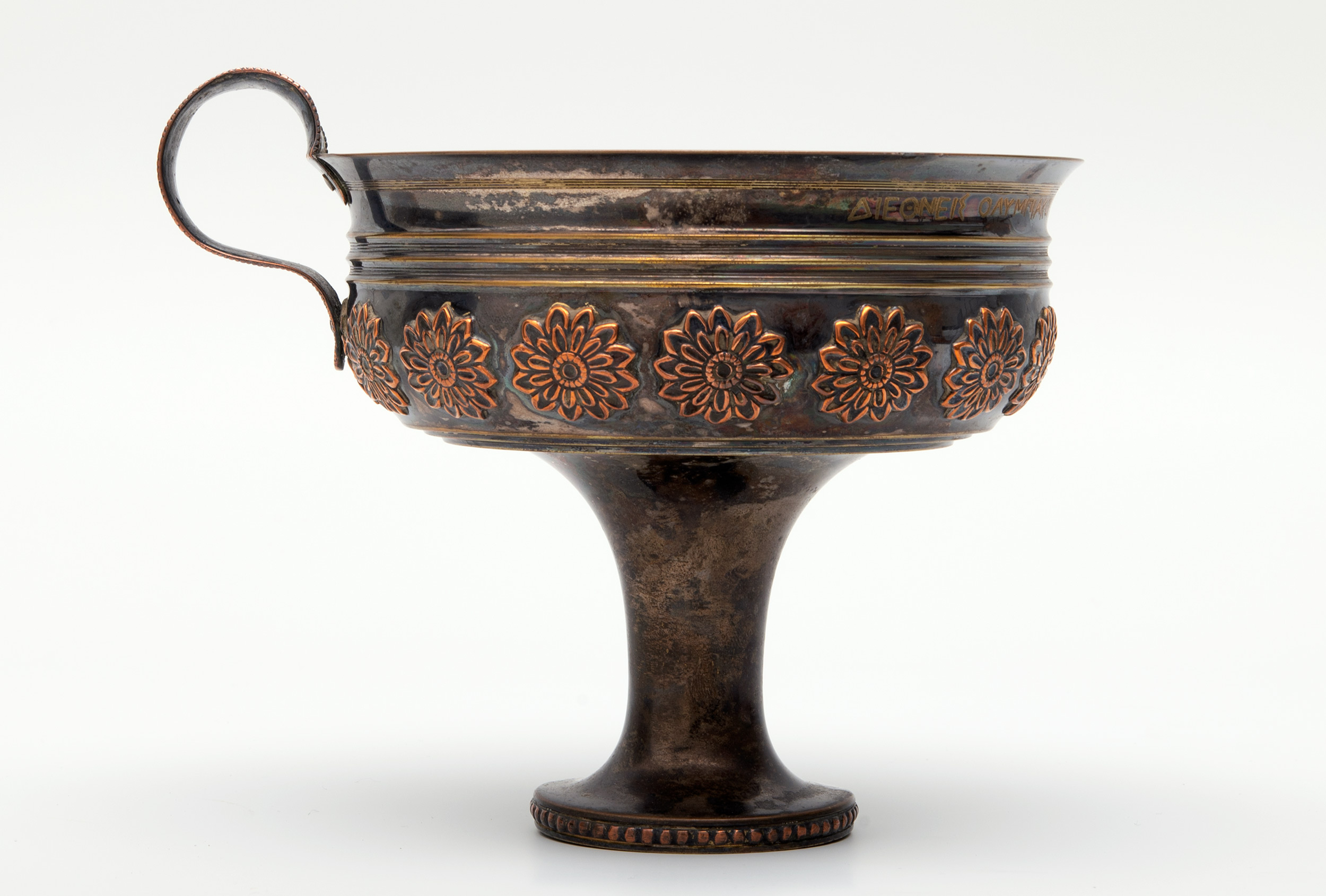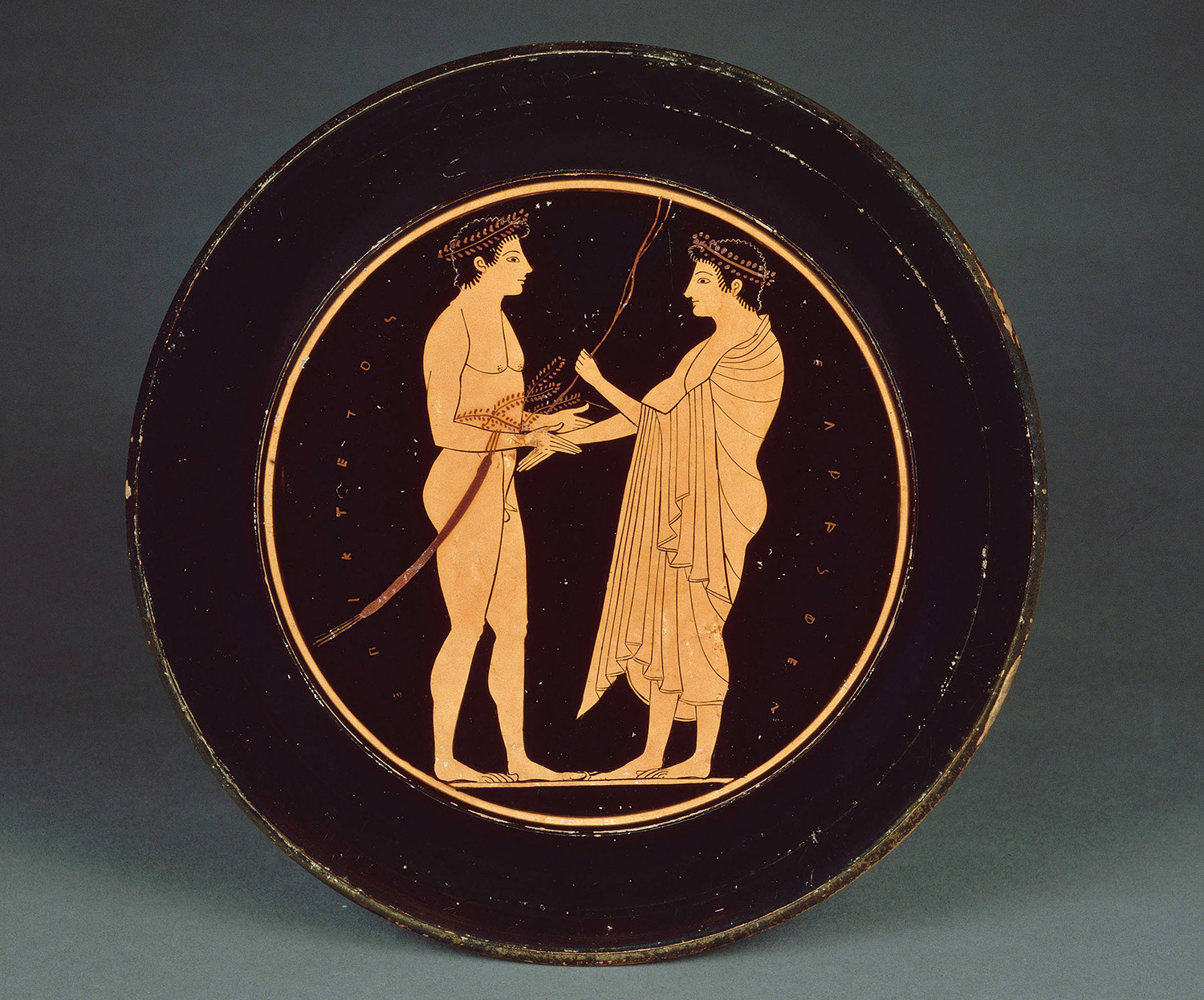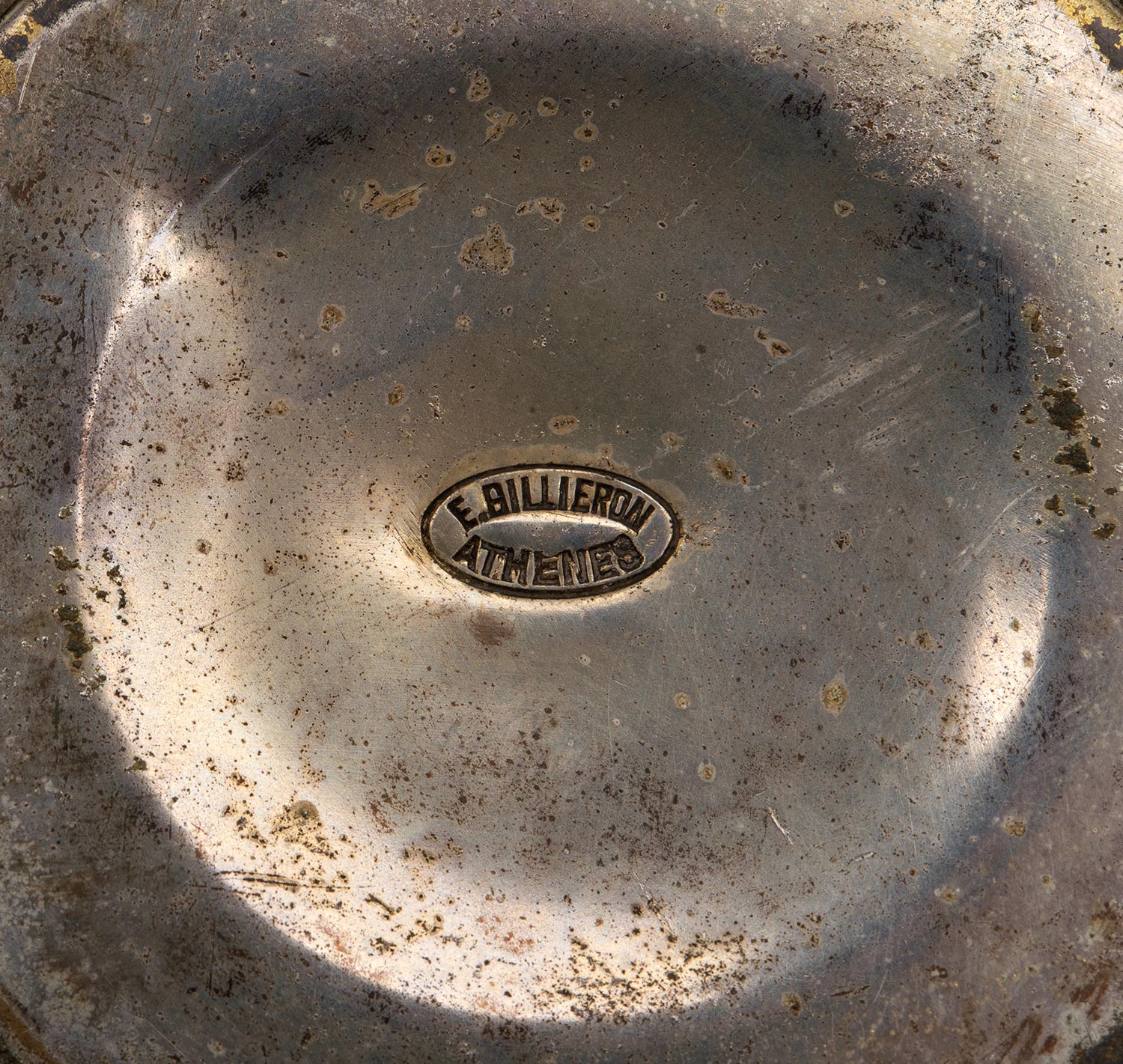'And what a struggle he underwent at Marathon, to win the silver cups, against rivals older than he!'
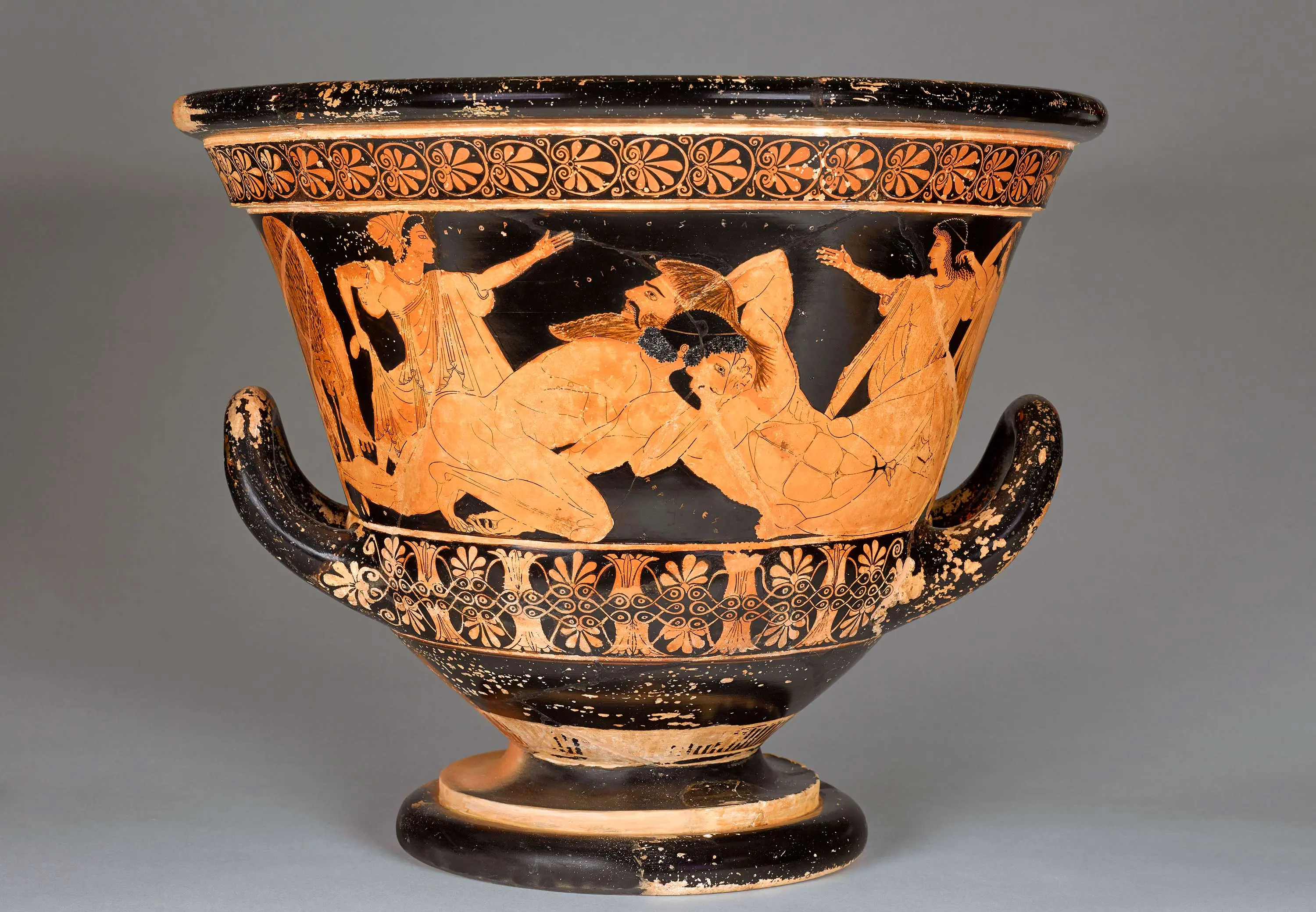
Olympism
24 April – 16 September 2024
The Invention of Olympic TrophiesBréal’s Silver Cup
First Trophy for the Marathon Race at the 1896 Olympic Games
The trophies awarded at the first Olympic Games in 1896 were the product of unprecedented creative effort, involving intellectuals, an artist and silversmiths. The creation of these trophies combined historical commemoration with artistic verve to pay tribute to Athenian culture and the universality of the Games.
Bréal’s Silver Cup, a Parisian Creation
Designed by the philologist Michel Bréal (1832–1915) in collaboration with a Paris silversmith, Bréal’s Silver Cup was awarded at the 1896 Games to the first winner of the marathon event, Greek athlete Spyridon Louis. The plants and animals depicted in bas-relief are those of the swampy plain of Marathon, site of the famous battle that enabled Athens and its allies to repulse the Persian invaders. Interpreted in Art Nouveau style, the cup also evoked silver phiales, exceptional trophies which, in ancient Greece, were awarded to the winners of local games held in honour of Herakles in his sanctuary in Marathon. The poet Pindar sang of a young athlete, winner of these games:
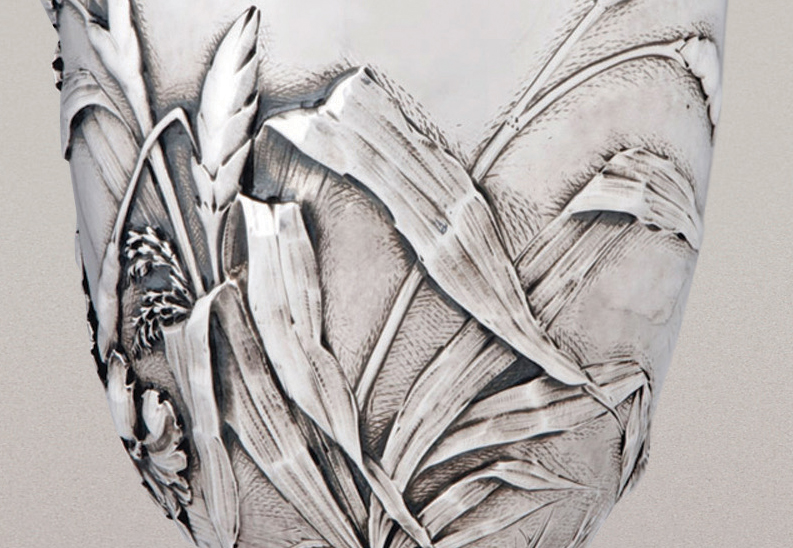
Gilliéron’s Studio at the Service of the New Trophies
The painter Émile Gilliéron (1850–1924) was the owner of a studio in Athens that was famed for its reproductions of antique artworks. Responsible for the Games’ official iconography, he was also asked by the organisers to create trophies reflecting Greek culture. This cup is a faithful copy of a single-handled, stemmed gold Mycenaean kylix dating from 1550–1500 BC, from Grave Circle A, Mycenae. Probably produced in silver-plated metal and copper through the technique of electroplating, it bears Gilliéron’s hallmark. An inscription attributes it to the 1906 Athens International Olympic Games (Mesolympics).

The Prizes of the Ancient Olympic Games
The athletes of the Panhellenic Games of antiquity were not really awarded trophies. They competed for fame in the context of their worship of the gods. The winner of each contest received a red wool ribbon and a crown of foliage: wild olive at Olympia, laurel at Delphos, celery at Nemea and pine at the Isthmus of Corinth. Only local games, like those of Marathon, awarded monetisable trophies. Therefore, in Athens, the famous Panathenaic amphorae, artistically decorated and filled with sacred olive oil, were a particularly prized award.

(*) The cup was acquired by the Stavros Niarchos Foundation (SNF) in 2012. To make it accessible to the public at no cost, it is exhibited at the Stavros Niarchos Foundation Cultural Centre (SNFCC) in Athens.
Sélection d'œuvres

La coupe Bréal Premier trophée de la course du marathon aux jeux Olympiques de 1896
1 sur 5

